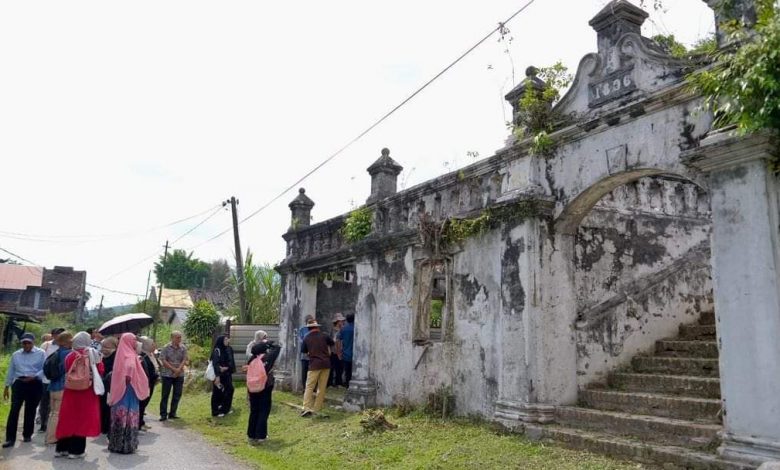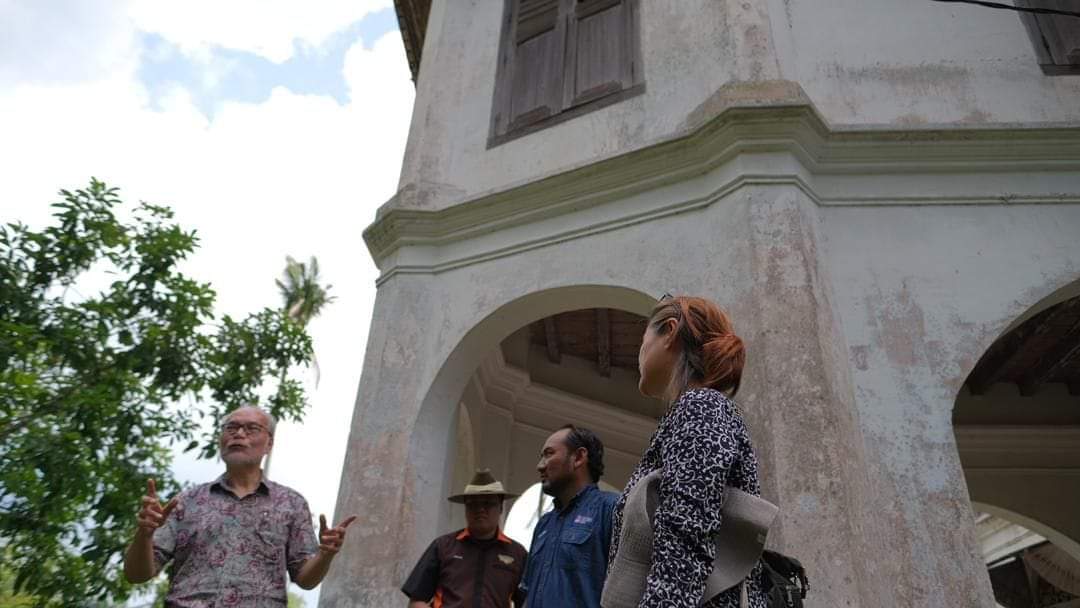

By: Zaki Salleh
SERI ISKANDAR – The Raja Bilah and Mandailing Community Seminar at the Universiti Teknologi Mara (UiTM) branch in Perak provided participants with an opportunity to delve into the story behind this revered figure.
The event was organized by the Perak Heritage Society in collaboration with the Centre for Knowledge and Understanding of Tropical Architecture and Interior (KUTAI) and UiTM Perak.
Abdul Razzaq Lubis, an independent scholar, author, and cultural activist of Mandailing descent, shared insights into the narrative of Raja Bilah and the Mandailing community in Malaysia, particularly in Perak.
Abdul Razzaq, known for his extensive research on Raja Bilah and the genealogy of the Mandailing people in Malaysia, presented his findings.
Furthermore, conservation and restoration efforts concerning Raja Bilah’s palace were discussed by registered conservator Shaari Mat Saod.
Following the conclusion of the Raja Bilah Narrative Seminar at UiTM Seri Iskandar, participants were taken on a visit to the Raja Bilah Grand House and the Old Papan Town.
Raja Bilah served as the village headman of Belanja from 1882 to 1909 and was authorized by the Perak government to collect tin ore taxes in the Papan region.
His enduring legacy, the Bilah Palace in the town of Papan, is a 19th-century structure complete with fortress walls and a chieftain’s hall.
In addition to serving as the chief’s residence and office, the house also served as a focal point for Mandailing activities in the state, as Raja Bilah himself was a prominent leader of the community.
The Papan town complex, established by Raja Bilah, includes the Grand House (1896), Ancestral House (1882), Papan Mosque (1888), the Chieftain’s Office, and several follower’s residences.
In 2012, the Raja Bilah Grand House was declared a national heritage by the Department of National Heritage.




